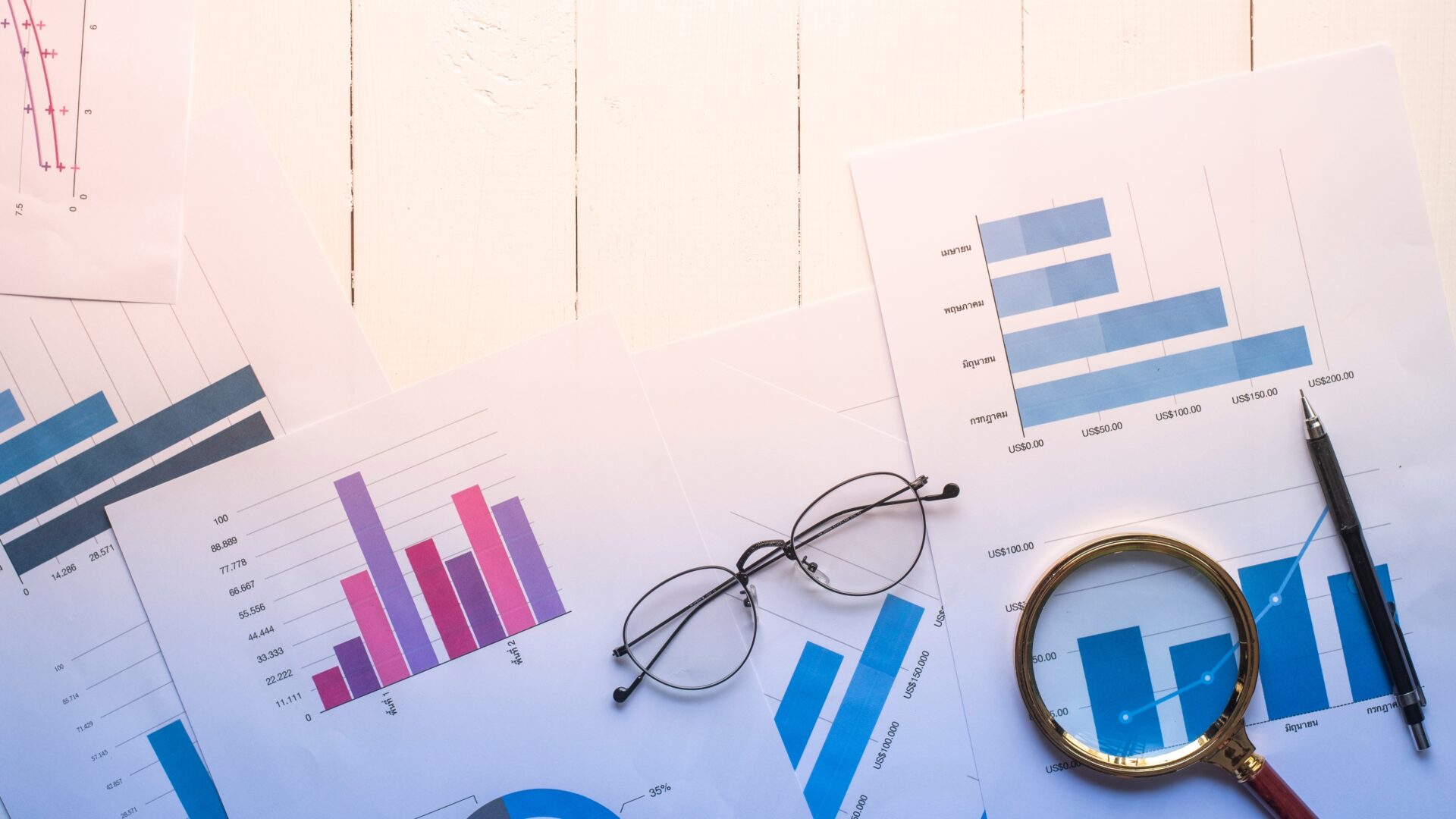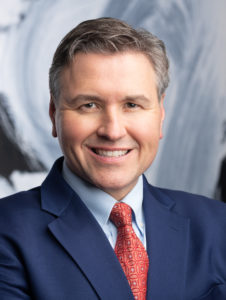Subscribe to Our Insights
Thought Leadership

The Wall of Worry has Thickened
By John Petrides on October 10, 2023
The alphabet soup entities of the FOMC, OPEC, ChatGPT, GLP-1, and the CCP dominated the sentiment of financial markets during the past quarter, as investors (and the Federal Reserve, aka the “Fed”) searched for data-dependent direction on where to deploy capital. Since then, the situation around the world has grown more precarious, especially for the U.S., as we continue to back Ukraine in an on-going war against Russia, and now supporting Israel after the attacks by (Iran-backed) Hamas, and have a government that nearly avoided a
shutdown, to end up without a Speaker of the House to lead Congress, at a time where interest rates have spiked with the U.S. economy at its highest level of debt-to-GDP in a generation. The proverbial Wall of Worry is ever present when it comes to investing and taking on risk, but the cards are being reshuffled in our estimation as to what the financial and geopolitical world might look like going forward.
FOMC: The Fed’s new dot-plot forecast refined in September, set off a recalibration of valuations through the stock and bond markets, as investors pivoted from expecting a cut, to rates being higher for longer. The new average estimate interest rate forecast by members of the FOMC call for rates to be at 5.6% by the end of 2023, coming down to 3.9% by the end of 2025 (prior expectations were for interest rates to be at 3.4% by 2025). As we know, a lot can happen in two years, for example, in September 2021, the Fed was forecasting interest rates to be at 1% by September 2023. Suffice it to say the pendulum is swinging fast.
OPEC: Oil prices spiked during the quarter, with crude going up nearly 29% from $70.58 to $90.79/barrel remaining elevated following the recent Hamas attacks on Israel. Although Israel does not produce much oil, Iran does. So far the U.S. and the world are claiming Iran was not behind these attacks, however, if acknowledged differently, oil prices could spike on fears of an escalating conflict in the region. In addition, the U.S. Strategic Petroleum Reserves are well below historic trends. OPEC continues to cut production to protect prices from falling. However, energy supermajor companies remain disciplined in drilling, as they are still recovering from the financial trauma experienced in 2020. Although inflation is a function of the amount money supply in the economy, elevated oil prices will make future reported inflation data murky in our view.
ChatGPT: Comments on many companies’ quarterly earnings calls continued to focus on investing in AI and how the technology could be the next great catalyst in productivity. Not a day goes by without a reference to or discussion as to how AI is disrupting a given industry. The unknown vis a vis investments is if capital expenditure towards AI is sustainable or not, and how much is already factored into stock prices.
GLP-1: “Oh, oh, oh Ozempic, you know…” What a catchy commercial jingle, and if you didn’t know what Ozempic did three months ago, you most likely do now. Glucagon-Like Peptide 1 (GLP-1) agonists are one of a handful of ways diabetics and the weight loss industry are looking to solve serious obesity-related health problems in the U.S. Much like what AI and ChatGPT did for tech stocks, GLP-1 dominated the healthcare industry with its potential impact from weight loss drugs, procedures, med-tech devices, and healthcare insurance. And much like AI, investors were trying to determine how influential/consequential GLP-1 might be to the healthcare industry.
CCP: Is China potentially on the verge of a Lehman moment? After a decade of overbuilding and feasting on low-cost debt, the China property bubble has finally burst; confidence is waning in their credit markets. Chinese financial markets are not nearly as intertwined into the global markets like the U.S. system was in 2007 and 2008, but this, along with a prolonged zero-Covid policy, fearmongering that has driven a distrust in corporate investment, and structural policies of an aging population have led to fears of China’s economy potentially slowing more than expected. China is the world’s second largest economy, and when China sneezes, much of the global economy (ex-U.S.) could catch a cold. Going forward, attention will no doubt shift to these developments to determine if their ripple effects turn into waves.
The news flow of fear, concern, uncertainty, and worry are pervasive. However, without these Four Horsemen of Opportunity in the investment world, mispricing of financial assets would not occur, and the opportunity to take advantage of what Einstein dubbed “The 8th Wonder of the World” (compounding annual growth) would not be possible. Therefore, fear of the unknown in the investment world remains ever-present. Those who have a steady hand in times of volatility are equipped with the analytical edge in terms of questions to ask, data to
discern, and discipline to keep perspective. That focus on the long term provides the opportunity to achieve above-average risk-adjusted returns suited to meet their respective financial objectives.
Without fear and risk, asset prices would move in a straight line because all information, and all actors, would be in unison; there would be no buyer needed for every seller. However, in today’s market, the Wall of Worry remains high, but feels “thicker.” The issues presenting themselves seem more disruptive to the status quo than what has occurred over the past ten years, and in some instances over the past 40-50 years. These concerns appear to be with the investment community for some time. As famed strategist Howard Marks recently penned, the investment world might be in a period of “sea change” and we would tend to agree.
Without fear and risk, asset prices would move in a straight line because all information, and all actors, would be in unison; there would be no buyer needed for every seller. However, in today’s market, the Wall of Worry remains high, but feels “thicker.” The issues presenting themselves seem more disruptive to the status quo than what has occurred over the past ten years, and in some instances over the past 40-50 years. These concerns appear to be with the investment community for some time. As famed strategist Howard Marks recently penned,
the investment world might be in a period of “sea change” and we would tend to agree.
© Tocqueville Asset Management L.P.
This article reflects the views of the author as of the date or dates cited and may change at any time. The information should not be construed as investment advice. No representation is made concerning the accuracy of cited data, nor is there any guarantee that any projection, forecast or opinion will be realized. References to stocks, securities or investments should not be considered recommendations to buy or sell. Past performance is not a guide to future performance. Securities that are referenced may be held in portfolios managed by Tocqueville or by principals, employees and associates of Tocqueville, and such references should not be deemed as an understanding of any future position, buying or selling, that may be taken by Tocqueville. We will periodically reprint charts or quote extensively from articles published by other sources. When we do, we will provide appropriate source information. The quotes and material that we reproduce are selected because, in our view, they provide an interesting, provocative or enlightening perspective on current events. Their reproduction in no way implies that we endorse any part of the material or investment recommendations published on those sites.
View PDFMutual Funds
You are about to leave the Private Wealth Management section of the website. The link you have accessed is provided for informational purposes only and should not be considered a solicitation to become a shareholder of or invest in the Tocqueville Trust Mutual Funds. Please consider the investment objectives, risks, and charges and expenses of any Mutual Fund carefully before investing. The prospectus contains this and other information about the Funds. You may obtain a free prospectus by downloading a copy from the Mutual Fund section of the website, by contacting an authorized broker/dealer, or by calling 1-800-697-3863.Please read the prospectus carefully before you invest. By accepting you will be leaving the Private Wealth Management section of the website.

